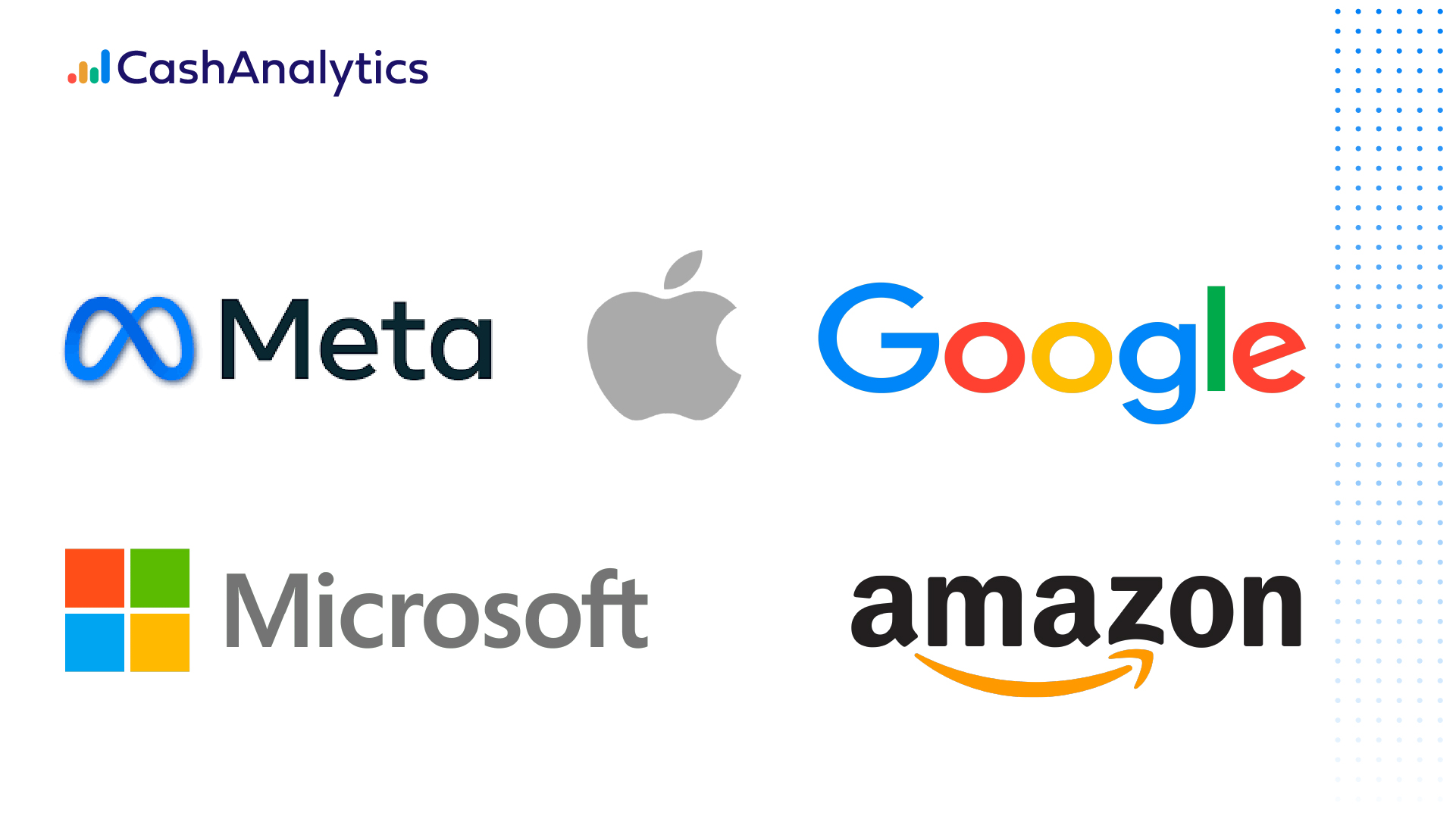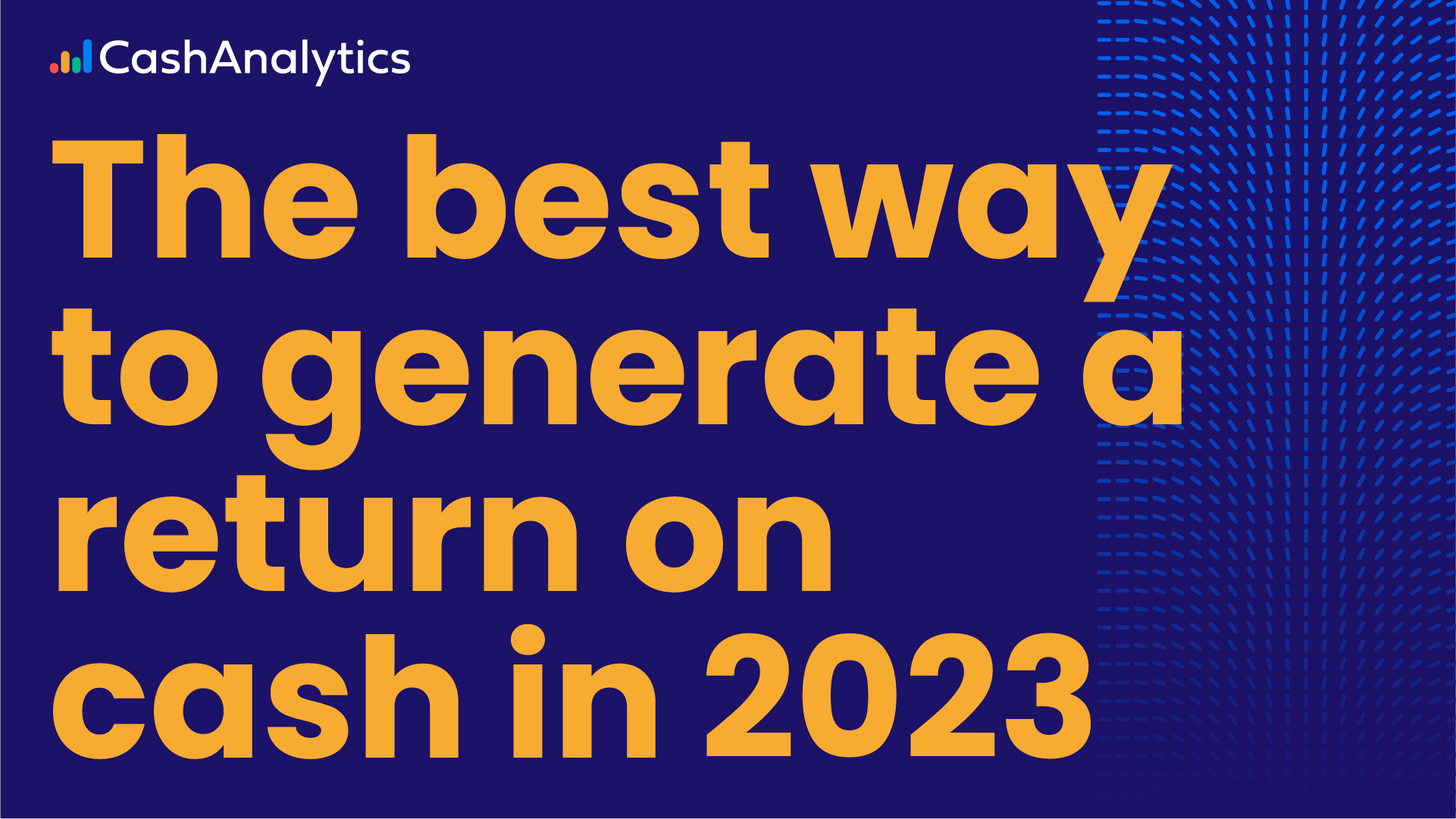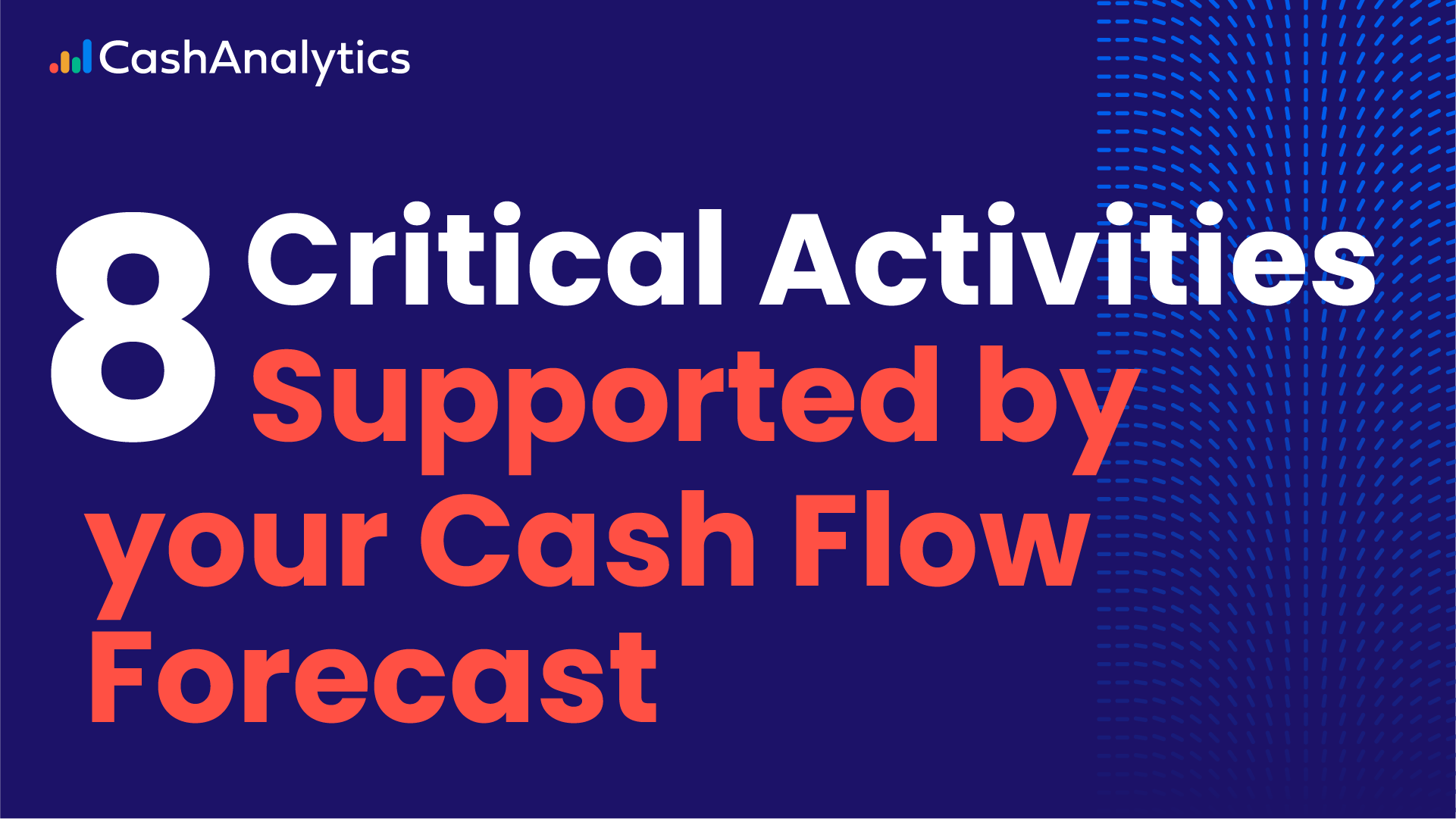
As the role of the corporate treasurer continues to become increasingly complex, many are turning to automation and software in a bid to keep on top of day-to-day tasks.
A common example is cash management software – a solution often turned to by time-pressed treasurers looking to improve efficiency, and security in an operating environment where organisations are facing cash management challenges daily.
Successful treasury cash management involves gaining clear visibility of the cash management situation so that the cash flow situation is known, liquidity can be enhanced, days in account receivables reduced, collection rates increased, and overall financial profitability boosted. All of the above can be helped with the right cash management solutions.
An effective cash management solution, or ‘payment factory’ enables an organisation to centralise, automate and streamline payments and cash management within business units or across an entire organisation. This results in improved operational efficiencies, mitigation of risk, greater cash visibility and reduction in costs.” According to Craig Jeffery, managing partner of Strategic Treasurer, the benefits of cash management software fall into each of the elements of the FIVEC model: flexibility, insight, visibility, efficiency, and control. Some key examples provided by Jeffery include:
- Real-time visibility into your bank accounts anywhere in the world by country, currency, or bank. The best solutions offer connectivity to each of a client’s banks so that data can be pulled automatically from bank portals/systems as it becomes available and displayed centrally through a single interface.
- Flexible dashboards that let management and operations view a) items that require attention b) limits and policy compliance c) risk levels d) custom views. These dashboards commonly include “drilldown” functionality that allows users to view additional information on any items of interest.
- Automatic control of processes within the system; this can include security controls for reducing the risk of fraud, and control over specific workflows so that processes/dashboards/views can be customised to fit client preferences.
- Powerful accounting logic reducing time required to support the recording process and cutting back on errors. Many leading cash management solutions can also easily integrate with a client’s back-office systems, such as an ERP, for streamlined reporting and accounting workflows.
- Better risk management functionality – from gathering exposures, to executing trades and handling the reporting.
Selecting the Cash Management Software Solution
The benefits of cash management systems are clear – so what steps can a company take to ensure they end up with the right software solution? “Start with the ultimate business case and business goals and work backwards,” says Conor Deegan, managing director, Cash Analytics. “The features offered by cash management software can be quite broad and therefore the benefits provided will depend on the exact use case. So, clearly define the top one, two or three things the new software solution must do and engage with vendors who have a clearly demonstrated offering and track records in these areas.
After this, you will want to see the product in action, understand how company specific requirements can be met while also getting an insight into how other clients of the vendor use the solution. “A full suite cash management solution will have payment, bank reporting and cash flow forecasting capabilities. The market demand is for better and more advanced analytics solutions, from all vendors. Simply automating a process is no longer good enough. Companies now want vendors to help them do things dramatically better than done in the past, not just slightly better.
Jeffery adds: “For any company seriously considering the adoption of a cash management solution, there are two primary questions that must be answered. “Firstly, what does my technology infrastructure need to look like so that my current requirements are met without jeopardising future developments and growth? This question requires treasury to consider both their current and future requirements. What functionalities and capabilities do I need now and in the foreseeable future, so we intentionally avoid creating systems that become obsolete in the short-term. “Secondly, who are the major players in the space and how do the vendors themselves compare to one another?
Once a firm has a solid understanding of both current and future state needs, they must then look at the vendor landscape and determine which solution provider is in the best position to meet their needs. “For effective research it is important to include multiple points of analysis. For instance, factors in focus should include areas of functionality, customer service structure, number of current clients, financial strength, cost and the trajectory for future growth and R&D. The benefits of adopting a solution depends on more than just the solution itself. Researching various elements of the landscape can help identify the right provider and solution.”
Software features
To help with choosing the ideal cash management solution, Marshall says there are several significant requirements for any cash management solution:
- Secure sign-on and multi-factor authentication
- Centralised real-time/intra-day statement reporting. This is becoming a key pre-requisite for corporates as end of day reporting is insufficient for today’s treasury functions
- Multiple payment workflows – e.g. Bacs, local ACH, SEPA and connectivity to the various platforms.
- Seamless integration with external systems and the transformation of different types of data
- Cloud services – corporates are now looking for a complete outsourced service hosted on the vendors own infrastructure
- Robust multi-bank connectivity
- Full audit of all user/payment activities
- Risk and compliance – Cyber Fraud & Risk Management tools increase organisational security giving central visibility into user behaviour across an organisation. Strict control around the payments and processing functions will help to reduce fraud losses and data theft. Effective sanctions screening also helps to ensure compliance with sanctions and anti-money laundering requirements
Ongoing support
As well as the features of the software solution, Deegan points out that it’s important for treasury departments to have access to effective ongoing support – and to look for this during the search for a suitable solution. “Business hours phone and email support from a vendor provided to all users of a system is now the industry norm,” he explains. “Service has become a huge part of software offerings and companies now have very high expectations regarding the service provided by their software partners.
From a technical perspective, Service Level Agreements (SLAs) should outline official response and resolution frameworks but in most instances, the customer should not need to reference an SLA due to the vendor taking a proactive approach to solving the problem.”



